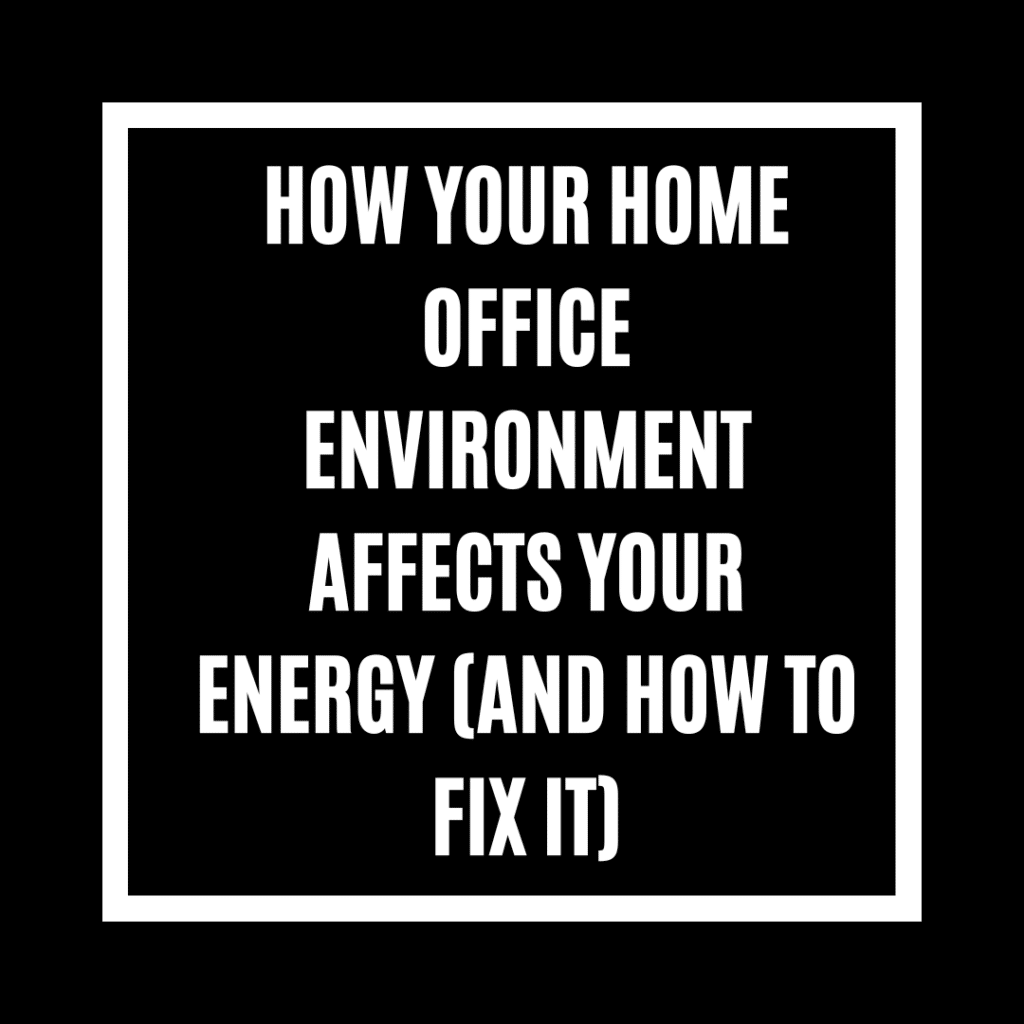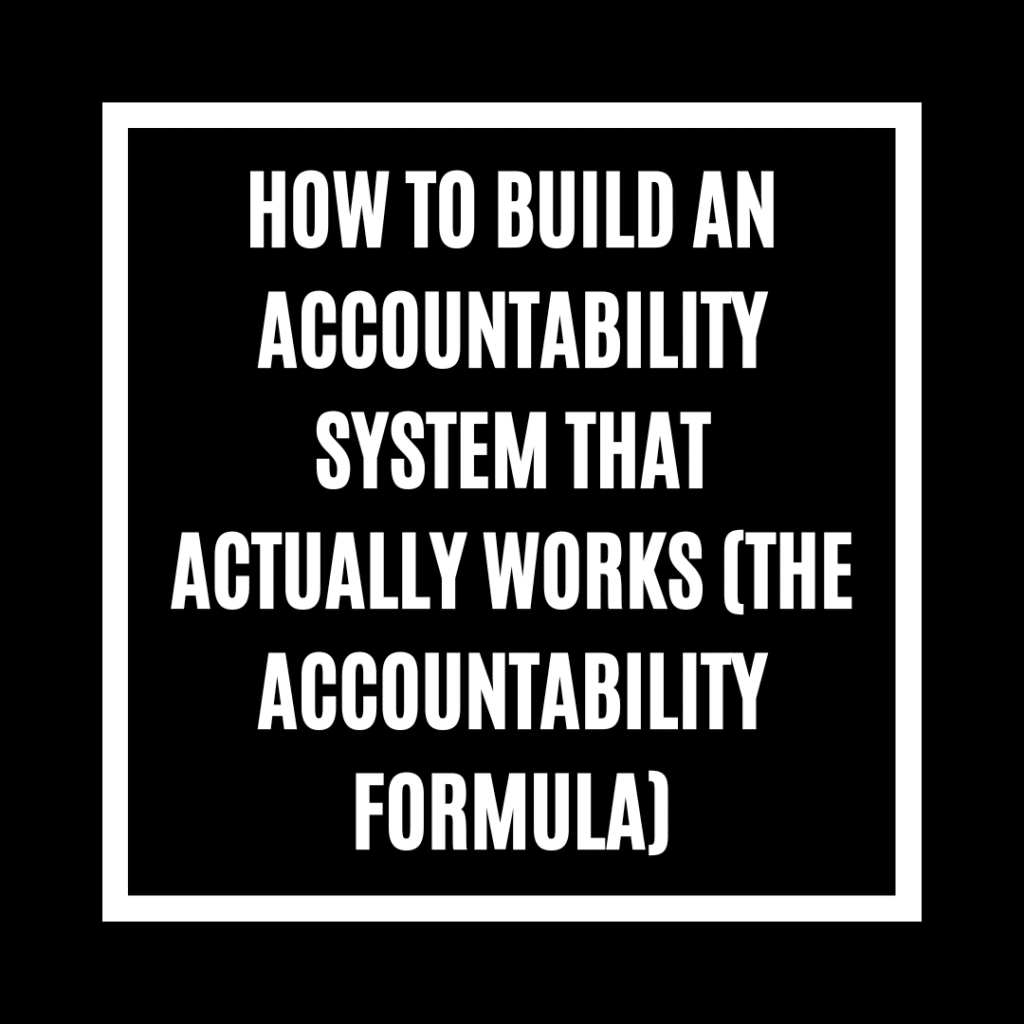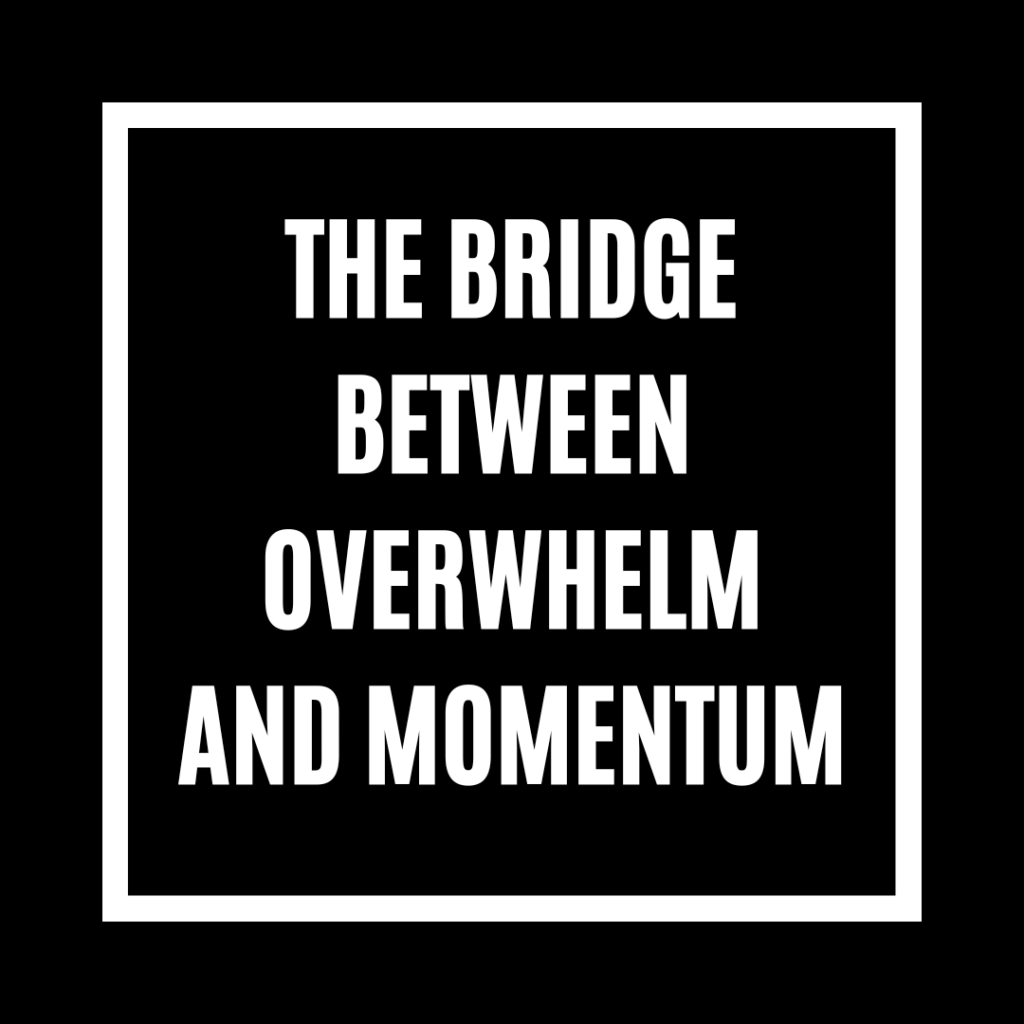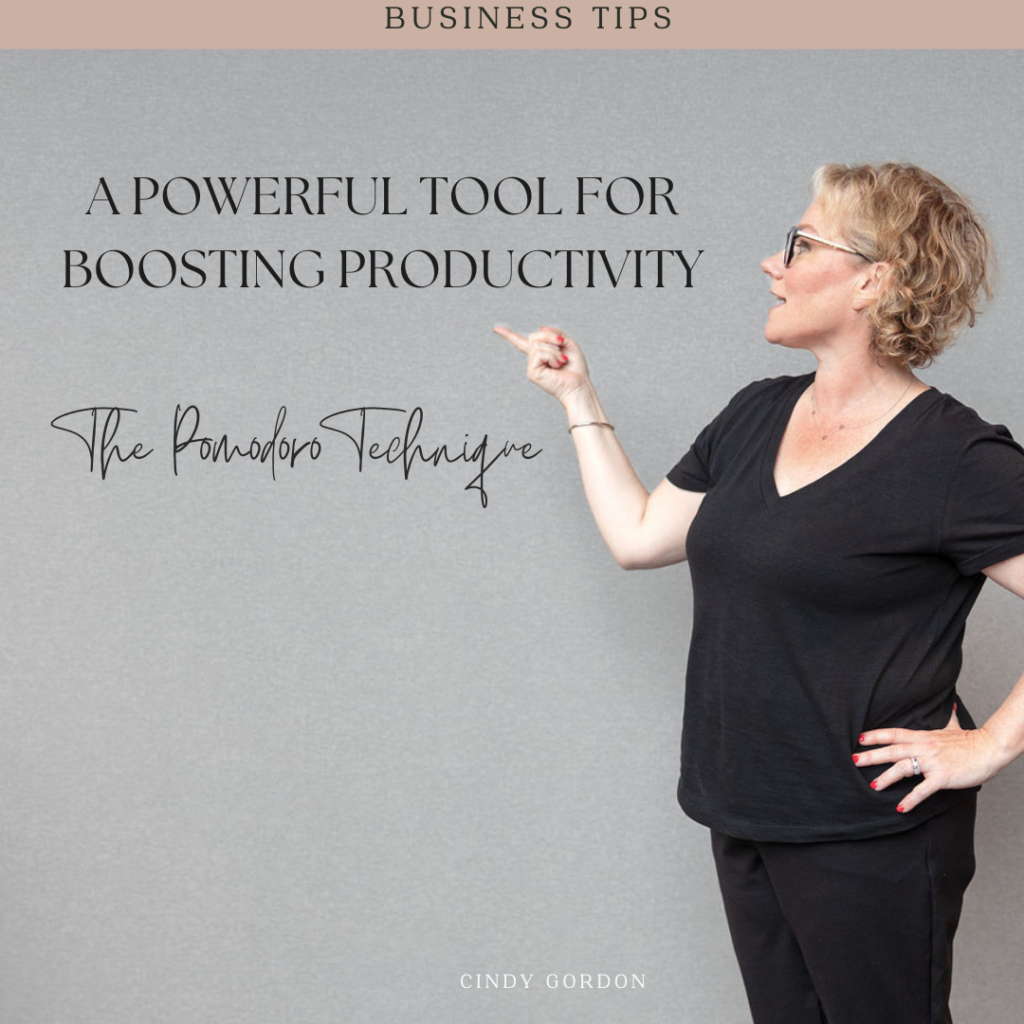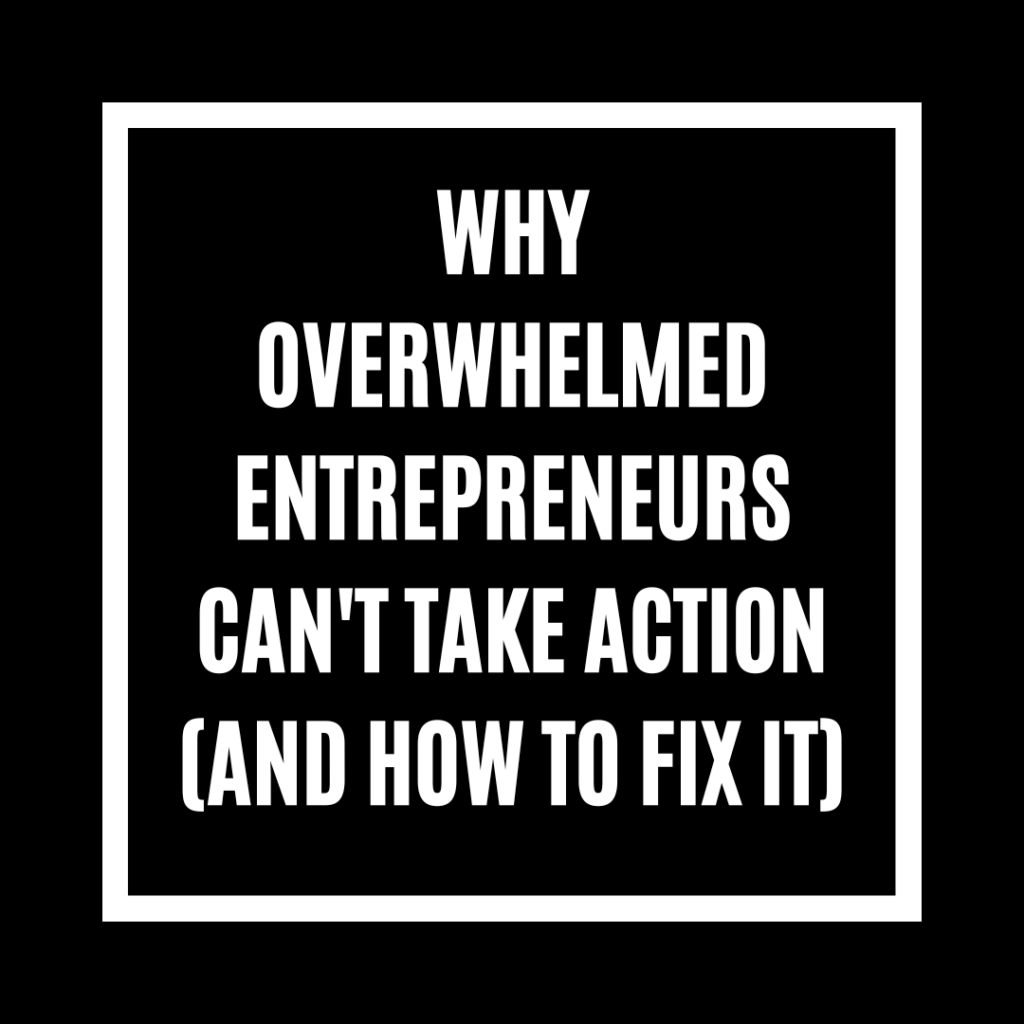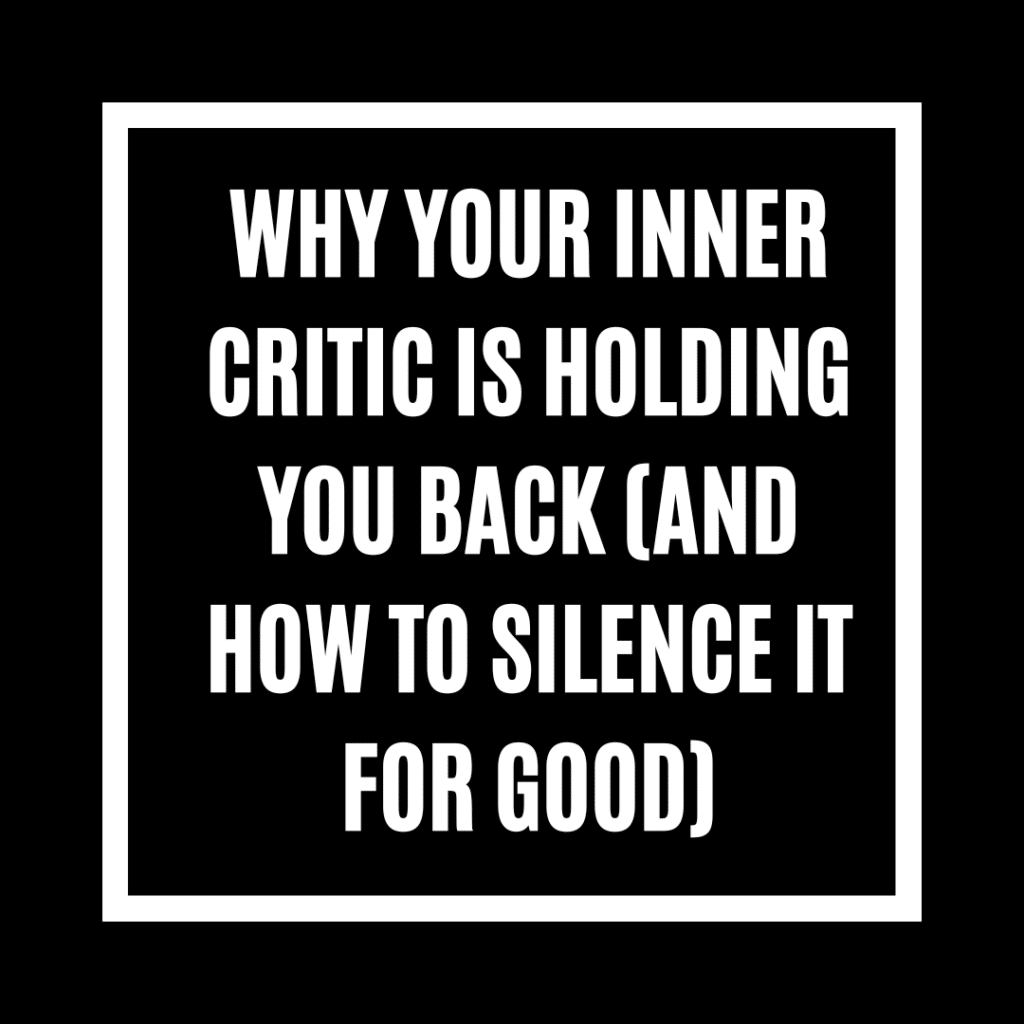Why Your Brain Dump Isn’t Working (And How to Fix It for Real Results)
Originally published on The Overwhelmed Entrepreneur Podcast, Episode 226
If your brain dump not working is leaving you more frustrated than relieved, you’re definitely not alone. You’ve probably tried this popular productivity technique multiple times – writing everything down, dumping all those swirling thoughts onto paper – but somehow you still feel overwhelmed and scattered.
Here’s the thing: brain dumps aren’t supposed to make you feel worse. When done correctly, they should provide immediate mental relief and clear direction. If yours aren’t working, you’re likely missing some crucial steps that transform overwhelming lists into actionable plans.
Why Most Brain Dumps Fail (And It’s Not Your Fault)
The problem isn’t with the brain dump technique itself – it’s with how most people implement it. Brain dump not working is usually the result of stopping too early in the process.
Most productivity advice tells you to “write everything down” and then… what? You’re left staring at a massive, chaotic list that somehow feels more overwhelming than the thoughts in your head. That’s because you’ve essentially taken a messy closet and dumped everything onto your bed. You can see it all now, but it’s still a complete mess.
The Real Issue: Everything Looks Equally Important
Here’s what happens in your brain after a traditional brain dump: every single item on that list appears equally urgent and equally important until you tell your brain otherwise. So even though you’ve written everything down, your mind is still trying to process and hold onto all of it simultaneously.
For entrepreneurs, this is especially problematic because our brains never stop generating new ideas, problems to solve, and tasks to handle. The moment you finish your brain dump, three new thoughts pop into your head, and you’re right back where you started.
Why Your Brain Needs More Than Just Dumping
How to do a brain dump effectively involves understanding that dumping is just the first step, not the complete solution. Your brain needs organization, not just evacuation.
Think about it this way: if you have a junk drawer that’s overflowing, simply dumping everything onto the counter doesn’t solve the problem. You need to sort, categorize, and decide what stays, what goes, and where everything belongs.
The same principle applies to brain dumps. Without a system for organizing and prioritizing what comes out of your head, you’re just creating organized chaos instead of organized action.
The ADHD Factor
If you have ADHD or tend to think in multiple directions at once, traditional brain dumps can actually increase overwhelm instead of reducing it. ADHD brain dump approaches need additional structure because neurodivergent brains often struggle with the sorting and prioritizing steps that happen after the initial dump.
Many of my clients with ADHD tell me that brain dumps leave them feeling paralyzed because they can see everything they need to do, but they can’t figure out where to start or what matters most.
The Missing Steps That Make Brain Dumps Actually Work
Here’s the Reality Check Method for turning your chaotic brain dump into a clear action plan:
Step 1: Set Boundaries on Your Dump
Instead of writing endlessly, set a timer for 10 minutes and dump everything during that time – work tasks, personal errands, random ideas, worries, future projects. Don’t edit or organize while you’re dumping. Just get it all out within that timeframe.
Step 2: Reality Check Each Item
Go through your list and ask: “Is this actually mine to do, and does it need to happen in the next two weeks?” Cross off anything that’s not your responsibility or not time-sensitive. You’ll be amazed how much you can eliminate with this simple filter.
Step 3: Categorize Everything That’s Left
Sort remaining items into three clear categories:
- Do Now: Urgent and important (this week)
- Schedule Later: Important but not urgent (next 2-4 weeks)
- Someday Maybe: Ideas and nice-to-haves (no timeline)
This categorization is where the magic happens. Your brain can finally relax because everything has a designated place and priority level.
Real Results: When Brain Dumps Actually Work
Let me share how this system transformed my client Maya’s experience. She’s a marketing consultant who would spend hours creating massive brain dumps, then feel completely paralyzed by the enormity of her lists.
Maya’s most recent brain dump had 47 items on it. Using the Reality Check Method:
- 12 items got crossed off entirely (not her responsibility)
- Of the remaining 35 items, only 8 were truly “Do Now” urgent
- 15 went to “Schedule Later”
- 12 became “Someday Maybe” ideas
Suddenly, instead of staring at 47 overwhelming tasks, she had 8 clear priorities for the week. She told me, “I finally understand why brain dumps never worked for me before. I was creating organized chaos instead of organized action.”
Making Your Brain Dump System Sustainable
The Daily Mini-Dump
Build sustainability by doing a 5-minute mini brain dump at the end of each day. Capture anything new that came up, then quickly sort those items into your three categories. This prevents the buildup that makes brain dumps feel overwhelming.
Create a “Brain Dump Parking Lot”
Keep a simple note on your phone or a small notebook where you can quickly capture new thoughts throughout the day. This prevents the never-ending cycle of having to start over with completely new dumps every few days.
Handle the “Everything Feels Urgent” Problem
When resistance shows up (usually in the form of “but everything feels urgent”), remind yourself that when everything feels urgent, nothing really is. Trust the categorization process even when your anxiety wants to put everything in the “Do Now” pile.
Common Brain Dump Mistakes to Avoid
Perfectionism Around Completeness
Your brain dump doesn’t need to capture every single thought you’ve ever had. It just needs to be better organized than the chaos in your head. Aim for progress, not perfection.
Skipping the Follow-Through
The biggest mistake? Stopping after the dump. The relief comes from the organization and prioritization, not from the writing itself.
Making Categories Too Complicated
Stick to three simple categories. More than that becomes overwhelming and defeats the purpose of creating clarity.
When to Seek Additional Support
If you find that even organized brain dumps don’t help reduce your mental overwhelm, or if you’re consistently struggling with executive function tasks like organizing and prioritizing, consider speaking with a professional who can provide personalized strategies.
Some people benefit from working with organizers, coaches, or therapists who specialize in ADHD and executive function support.
Transform Your Brain Dump Today
Ready to fix your brain dump not working problem? Here’s your immediate action step:
- Set a timer for 10 minutes and brain dump everything
- Reality check each item: “Is this mine? Does it need to happen soon?”
- Categorize what’s left: Do Now, Schedule Later, Someday Maybe
- Notice how much lighter your brain feels when everything has a clear category
The goal isn’t to eliminate all the thoughts from your head – it’s to give them proper organization so your brain can stop trying to remember and prioritize everything at once.
Remember: a brain dump that just dumps without organizing is like taking everything out of your packed suitcase and spreading it across your hotel room floor. You can see everything, but you haven’t actually solved the problem.
Brain dump not working is almost always a system problem, not a you problem. With the right structure, this technique can become one of your most powerful tools for mental clarity and productivity.
